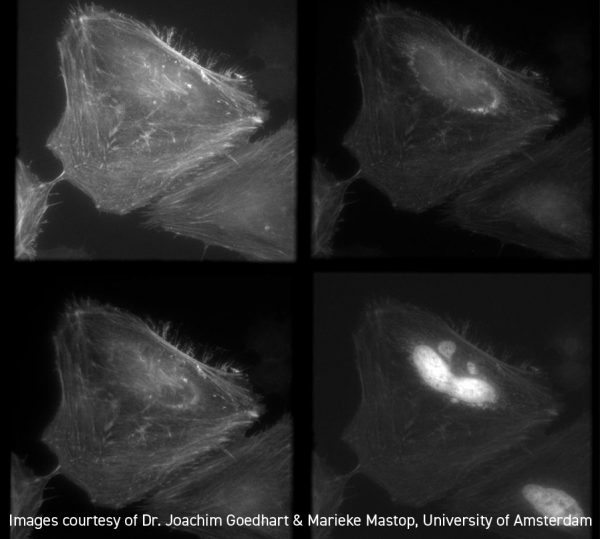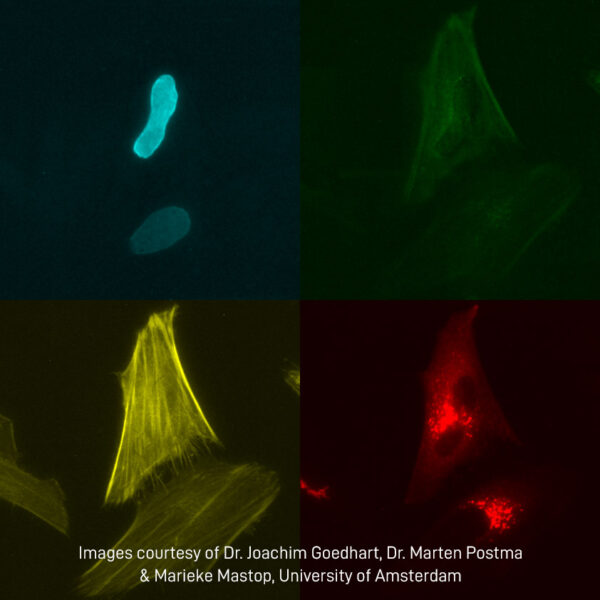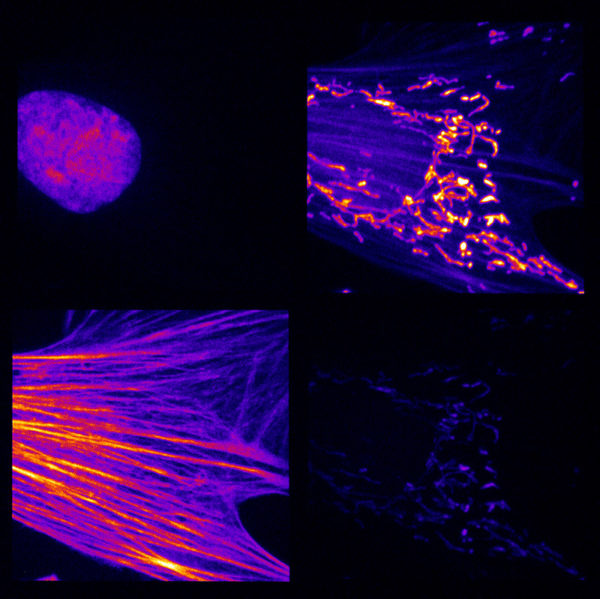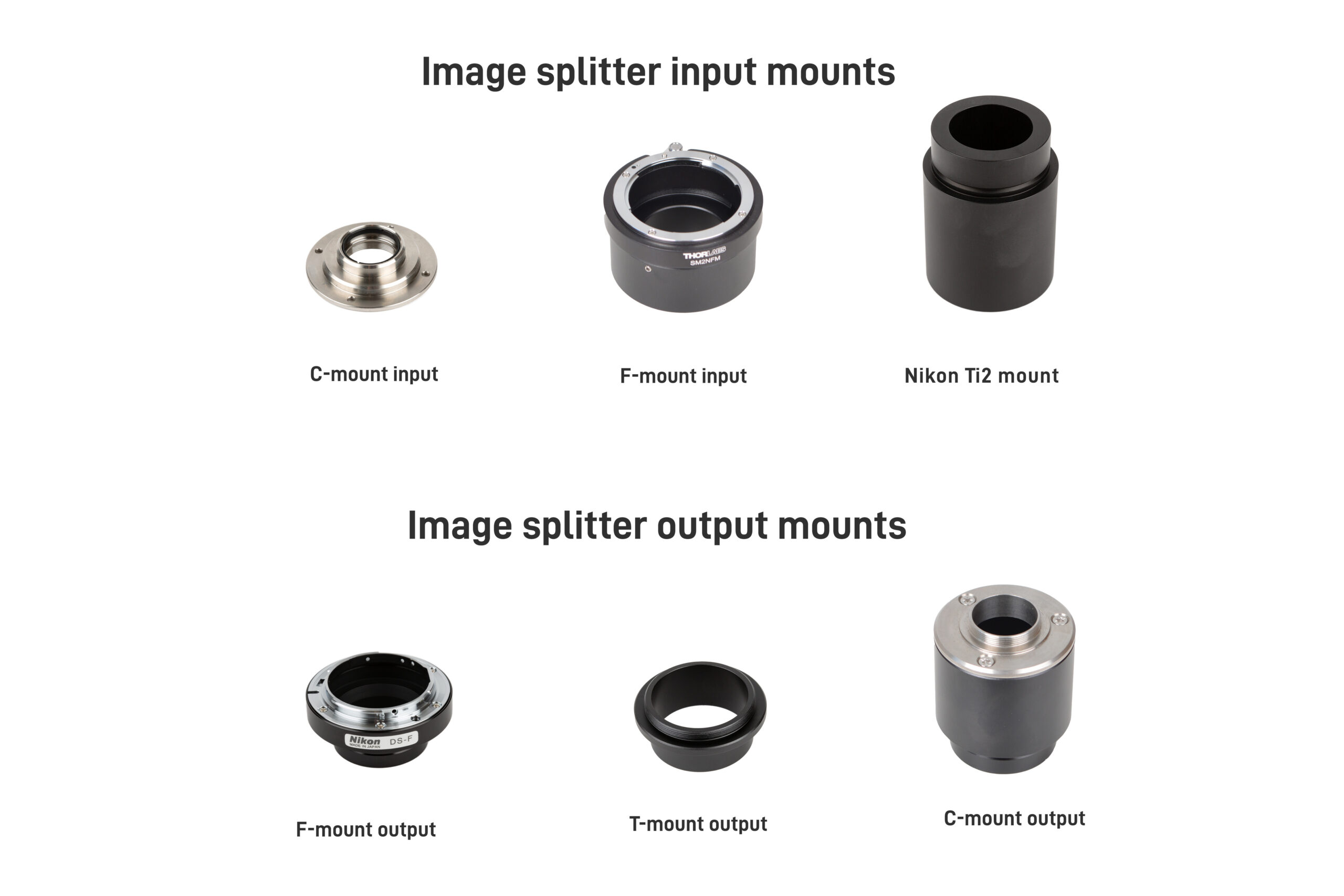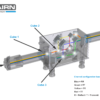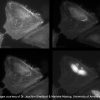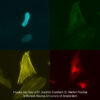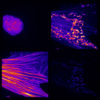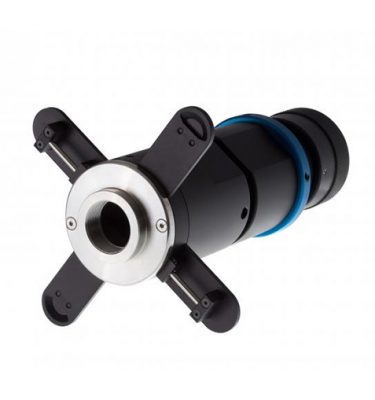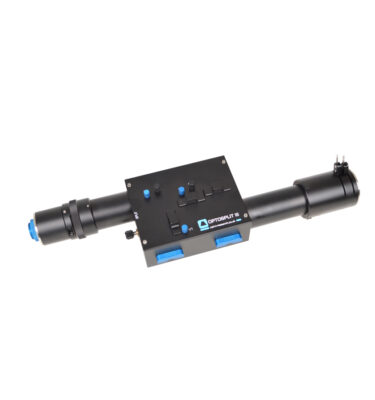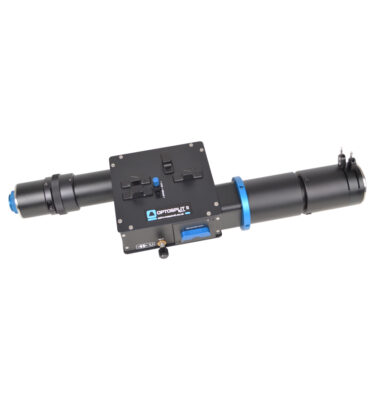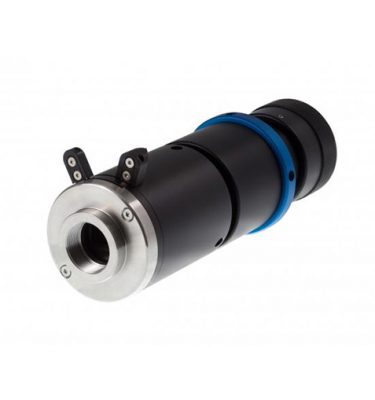Product Description
We can now couple onto C, T, or F mount cameras
Now we are four! Our OptoSplit and OptoSplit Bypass two-way image splitters and their TripleSplit (OptoSplit III) threeway cousin are now at last joined by our MultiSplit V2 fourway splitter. While a fourway design poses a greater technical challenge, which is why it took us a little longer to develop, it is potentially a very attractive product from a user point of view, as the four images are in a 2×2 square format rather than the linear rectangular one that the other splitters in our family generate. Furthermore, the continuing improvements in camera technology potentially allow the individual images to be acquired at megapixel resolution, which makes this form of image capture an increasingly viable alternative to the multiple camera approach, although of course we can also support that method if you prefer!
Just as with the other splitters in the Cairn family, the splitting can be performed on the basis of wavelength or polarisation, allowing applications where there is a requirement for simultaneous, or high speed, acquisition of multiple emission bands or polarisation states. The optical pathway is first split into two, and each of these pathways is then independently split a second time before refocussing to generate the four images. The simultaneous acquisition of these images offers a major benefit over manual or electronic filter changers, as there is no need to pause acquisition while the filter position is changed. This allows your camera to be operated in a fast streaming mode.
Multi-depth imaging
With the MultiSplit V2 the further possibility of simultaneous multidepth imaging is particularly attractive, as we can now do this at four depths rather than just two or three. In this application the splitting itself is on a neutral basis, but corrector lenses in the individual channels cause the focus to be at a different depth in the sample for each one, allowing the simultaneous acquisition of a four-channel “mini-z” stack.
Whilst optimised for coupling to a scientific microscope, the MultiSplit V2 can also be used with camera lenses or any other system of lenses which produce an image plane of suitable size and f/number (again please ask for details).
MultiSplit 2 Data Sheet MultiSplit V2 Manual Get a Quote Comparisons Back to Image-Splitters


